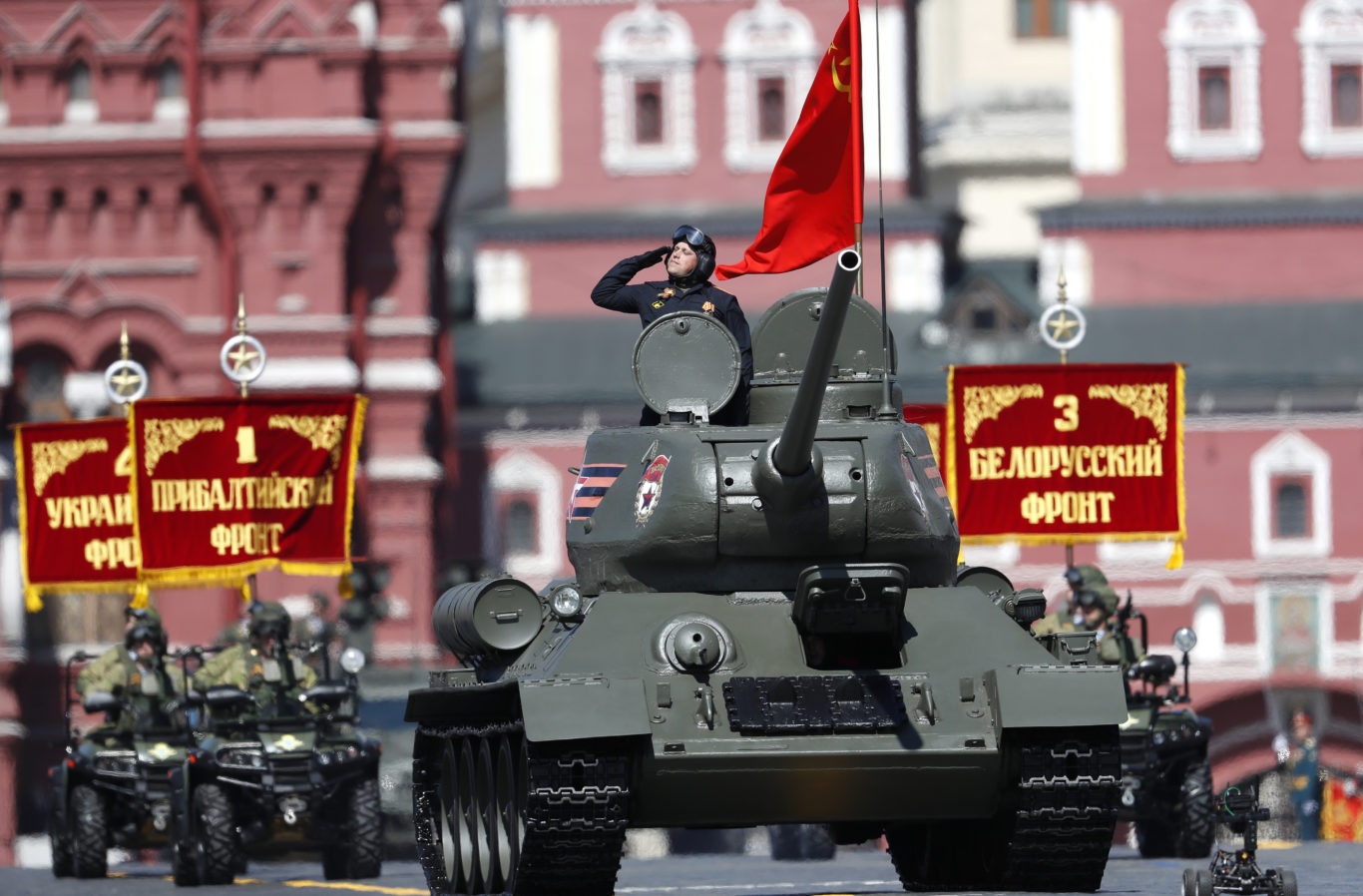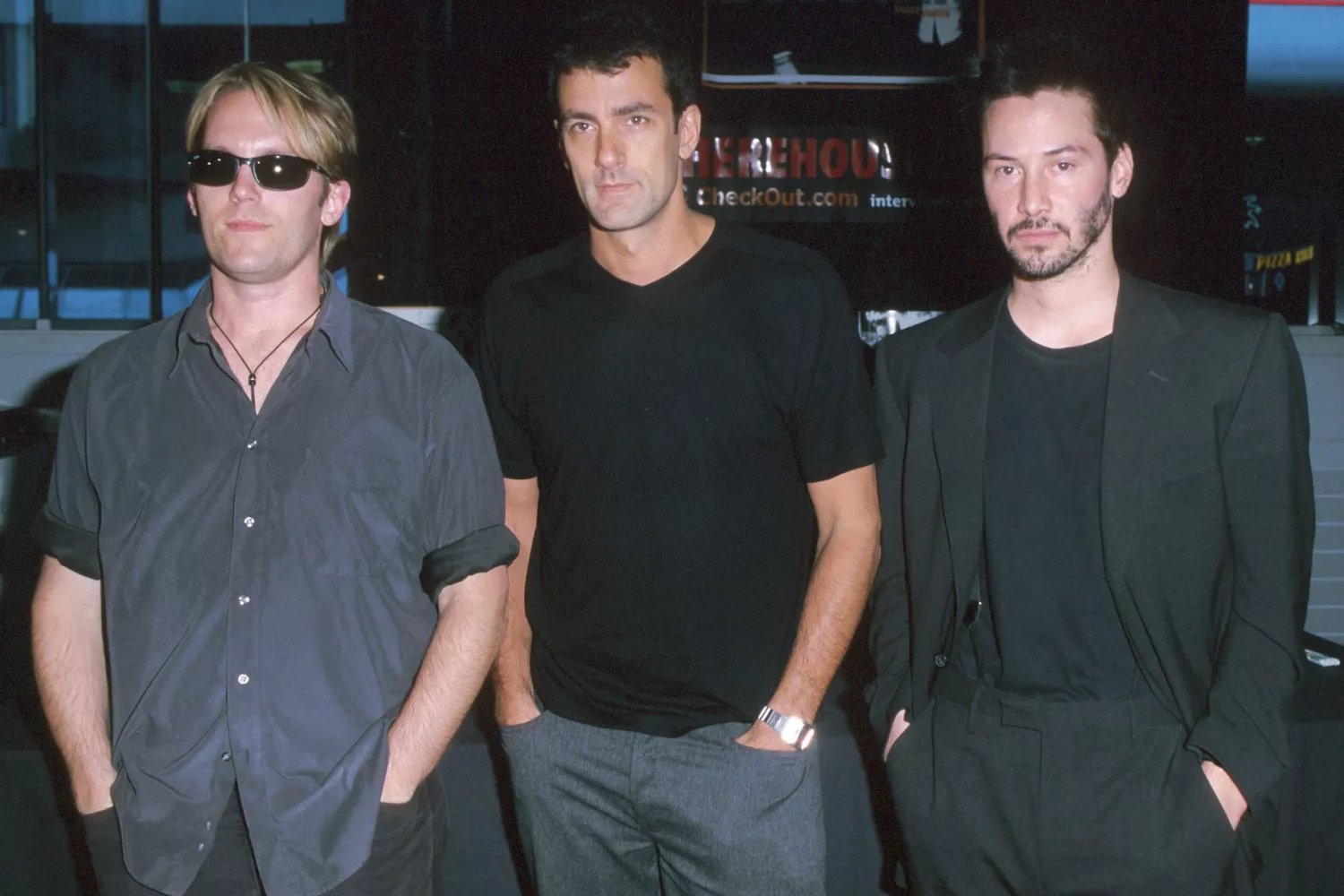Putin's Victory Day Parade: Analysis Of Russia's Military Capabilities

Table of Contents
Displayed Military Hardware and its Significance
The Victory Day Parade traditionally serves as a platform to exhibit Russia's latest military hardware and advancements in military technology. This year was no exception, showcasing a variety of weaponry and systems.
Tanks and Armored Vehicles
The parade featured a significant number of tanks and armored vehicles, highlighting Russia's ground forces' capabilities.
- T-90M Proryv: This modernized main battle tank represents Russia's attempt to keep pace with Western tank technology. Its improved fire control system, enhanced armor, and reactive armor are key features. However, its effectiveness against advanced anti-tank weaponry remains a subject of debate.
- T-72B3: A significant upgrade to the older T-72 platform, this tank boasts improved firepower and protection compared to its predecessors. Yet, its vulnerabilities to modern anti-tank guided missiles (ATGMs) are still considered significant.
- Other Armored Vehicles: A variety of infantry fighting vehicles, armored personnel carriers, and self-propelled artillery were also showcased, demonstrating the breadth and depth of Russia's mechanized forces.
Modernization efforts are ongoing, but limitations persist. The parade did not reveal the full extent of Russia's tank fleet, and the condition and readiness of these vehicles remain largely undisclosed. Compared to Western counterparts like the Abrams M1A2 and Leopard 2A7+, some analysts argue that Russian tanks still lag behind in certain technological aspects.
Artillery Systems and Missiles
The parade prominently featured a range of artillery systems and missile systems, underlining Russia’s firepower.
- Grad and Smerch Multiple Launch Rocket Systems (MLRS): These systems offer devastating firepower at shorter ranges but lack the precision of more modern systems.
- Iskander-M short-range ballistic missile: This highly mobile system poses a significant threat due to its range and accuracy. It can carry both conventional and nuclear warheads, adding to its strategic importance.
- Kalibr cruise missiles: Launched from ships and submarines, these long-range precision-guided missiles have been used extensively in recent conflicts, demonstrating their effectiveness in striking targets at sea and on land.
The sheer volume of artillery and missiles on display emphasizes Russia’s commitment to conventional warfare. However, the accuracy and reliability of some older systems remain a concern, while the effective neutralization of the Iskander-M and Kalibr missiles remains a challenge for potential adversaries.
Air Defense Systems
Russia's advanced air defense capabilities were showcased through a display of various systems.
- S-400 Triumf: This long-range surface-to-air missile system is considered one of Russia's most advanced air defense weapons. It is designed to intercept a wide range of airborne threats, including aircraft, missiles, and drones.
- Pantsir-S1: This short-to-medium range air defense system provides layered protection against a variety of air threats. It is designed to complement longer-range systems such as the S-400.
The sophisticated air defense systems displayed highlight Russia's focus on defending its airspace. The effectiveness of these systems is debated, with some questioning their ability to counter advanced stealth technologies. Comparing them to Western systems like the Patriot and THAAD reveals areas of both strength and weakness in Russian air defenses.
Demonstration of Troop Strength and Combat Readiness
Beyond the hardware, the parade aimed to convey a message about the size and readiness of Russia's armed forces.
Number and Organization of Troops
The parade featured a large number of troops from various branches of the Russian military, including ground forces, air force, and navy. The precise number remains undisclosed, but the visual display sought to demonstrate a formidable military force.
- Troop Numbers: While exact figures are unavailable, the scale of the parade was designed to impress, suggesting a significant number of personnel.
- Branch Representation: The parade included personnel from various branches, indicating the integrated nature of Russian military operations.
The displayed number of troops is not necessarily a direct indicator of combat readiness. The actual strength and deployment status of Russian units remain opaque and subject to considerable speculation. Maintaining a large standing army comes with significant financial and logistical burdens, making the sustainability of this force structure a significant question.
Logistics and Support Capabilities
The parade offered limited insight into the logistics and support capabilities of the Russian military. The presence of a variety of support vehicles hinted at efforts to sustain large-scale operations. However, the parade lacked a detailed picture of the logistical challenges involved in maintaining a large military force, especially during extended operations in challenging terrains.
- Support Vehicles: Limited display of transport vehicles, fuel tankers, and repair units suggests some logistical capabilities. However, detailed information remains scarce.
- Sustaining Large-Scale Operations: Russia's performance in Ukraine has raised concerns about logistical vulnerabilities, specifically regarding the supply of ammunition, fuel, and spare parts.
The subtle aspects of logistics and maintenance are crucial for judging the true combat readiness of the Russian military. Reports of logistical failures in recent conflicts suggest potential vulnerabilities.
Interpreting the Message: Political and Strategic Implications
The Victory Day Parade serves multiple purposes, sending distinct messages to both domestic and international audiences.
Domestic Audience
For the Russian domestic audience, the parade serves as a potent symbol of national strength and military prowess. It reinforces the narrative of a powerful nation capable of defending its interests. The carefully staged event plays a role in nationalistic propaganda, bolstering public support for the government and its military actions.
International Audience
Internationally, the parade aims to project Russia's military might and influence. It's a clear signal to potential adversaries and a demonstration of Russia’s capabilities. The message conveyed is one of deterrence and a reminder of Russia's military potential in the global arena.
Assessment of Real Military Capabilities
It is crucial to distinguish between the symbolic spectacle of the parade and the assessment of Russia's actual military capabilities. While the parade displays impressive weaponry, independent analyses have raised concerns about Russia's logistical limitations, technological shortcomings, and the overall preparedness and morale of its troops. Factors like resource constraints, corruption, and personnel issues need to be considered for a balanced picture.
Conclusion
Putin's Victory Day Parade presents a complex picture of Russia's military capabilities. While the showcased military hardware, including advanced systems like the S-400 and Iskander-M, demonstrates certain technological advancements, the parade also highlights potential vulnerabilities. The implicit message of troop strength and combat readiness needs careful scrutiny, given the ongoing conflict in Ukraine and reported logistical challenges. The parade's political messaging aims to project strength domestically and internationally, influencing both public opinion and geopolitical relations. Further research into specific weapon systems and military strategies, combined with critical analysis of events like Putin's Victory Day Parade, is essential for a comprehensive understanding of Russia’s military strength and limitations in the current geopolitical landscape. Understanding the nuances of Putin's Victory Day Parade and Russia's military capabilities is crucial for navigating the current complex geopolitical situation.

Featured Posts
-
 Princess Beatrice On Her Parents Divorce A Candid Reflection
May 11, 2025
Princess Beatrice On Her Parents Divorce A Candid Reflection
May 11, 2025 -
 The Unseen Connections Between Apple And Googles Growth
May 11, 2025
The Unseen Connections Between Apple And Googles Growth
May 11, 2025 -
 Perus Emergency Mining Ban Assessing The 200 Million Gold Output Loss
May 11, 2025
Perus Emergency Mining Ban Assessing The 200 Million Gold Output Loss
May 11, 2025 -
 John Wick 5 Keanu Reeves Comeback A Realistic Possibility Or Fan Fiction
May 11, 2025
John Wick 5 Keanu Reeves Comeback A Realistic Possibility Or Fan Fiction
May 11, 2025 -
 Ufc 315 Predictions Belal Muhammad Vs Jack Della Maddalena Fight Breakdown And Pick
May 11, 2025
Ufc 315 Predictions Belal Muhammad Vs Jack Della Maddalena Fight Breakdown And Pick
May 11, 2025
